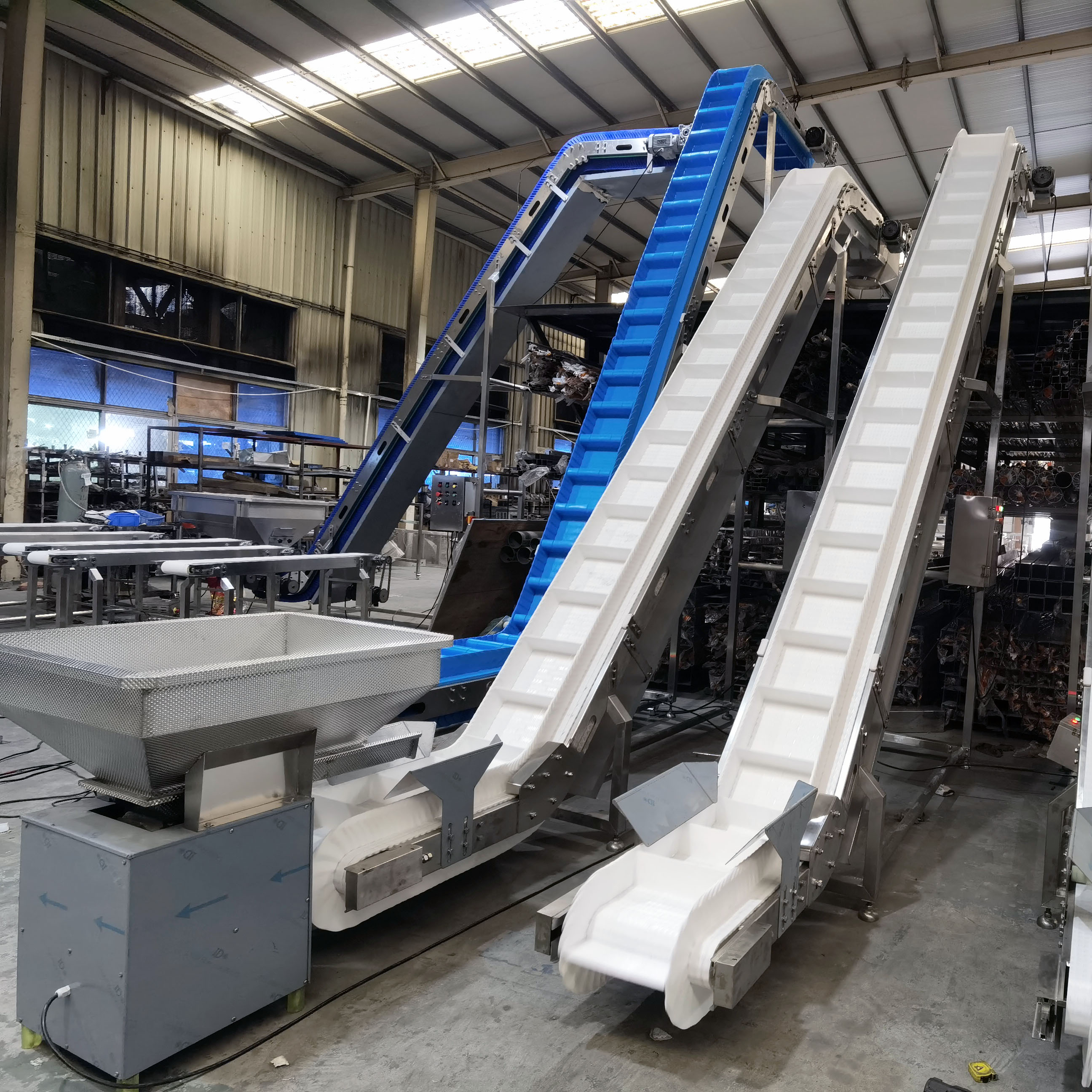Chain conveyor is a commonly used material conveying equipment in industrial production, although it is very common, but it plays a vital role for the normal operation of the whole production system. In the actual production, the failure of chain conveyor is mostly manifested as the failure of transmission chain, and the transmission chain of chain conveyor is the main component of the conveyor, which is a very important traction device, and it consists of 3 parts: connecting chain, chain plate and chain ring. Therefore, the advantages and disadvantages of each part of chain conveyor transmission chain play a key role in the normal operation of the conveyor. In view of this, this paper mainly focuses on analyzing the causes of chain conveyor failure, in order to minimize the failure rate of chain conveyor, reduce the cost of conveyor maintenance and improve production efficiency.
1、Types of failure
The failure types of chain conveyor chain have the following manifestations: chain plate damage, transmission chain in the chain plate machine groove out, transmission chain in the power sprocket off, connecting chain ring breakage, chain ring damage.
2、Cause analysis
Most of the chain plate damage is excessive wear and bending deformation, occasionally cracking phenomenon. The main reasons are:
① The bottom plate of the slot of the chain plate machine is laid unevenly or exceeds the bending angle required by the design;
② The jointing of the groove bottom plate of the chain plate machine is not good, or it is partially deformed;
③ Larger lumps of conveyed materials are squeezed or jammed in operation, so that the conveyor chain is subjected to great impact stress instantly;
④ When the distance between neighboring chain plates exceeds the critical requirement, the chain plate will be damaged due to long-term overload operation.
Post time: Jul-05-2024

